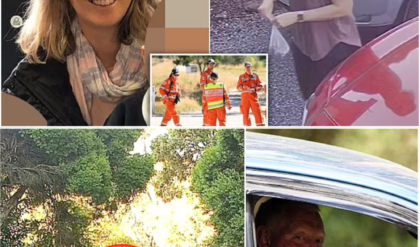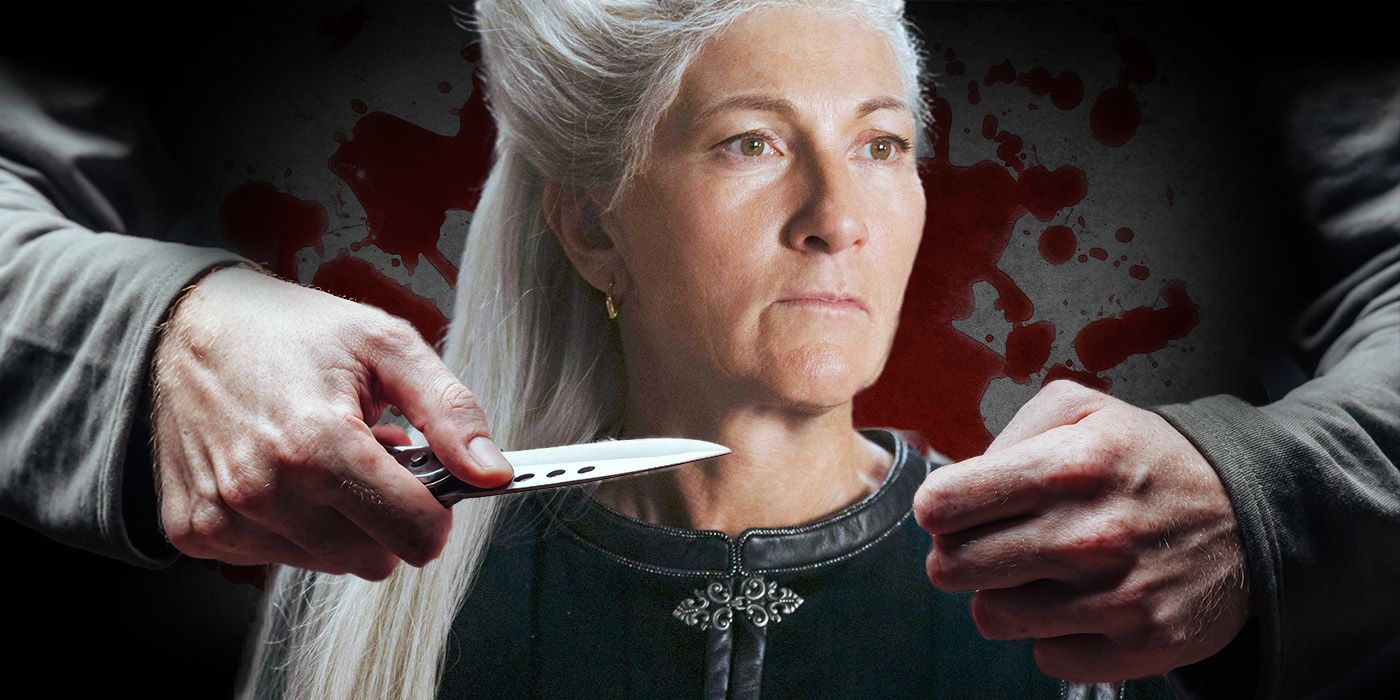
Despite the seemingly never ending discussion around these major moments in television history, fans may still be surprised to find out that both these iconic and gut-wrenching deaths were brought to the screen by the same man, director Alan Taylor. Taylor is responsible for many character deaths throughout HBO’s wider programming, where he has served as a sort of grim reaper-esque directorial role for some of its most popular shows. Even in his work outside the network, Taylor is more than willing to lean into the darkness of a character’s death to help move the plot forward. Although depictions of fallen characters can be quite controversial, the iconic nature of these rather heart-breaking moments has cemented this as almost a signature in Taylor’s reputation in film and television directing.
Alan Taylor’s Long History of Character Deaths
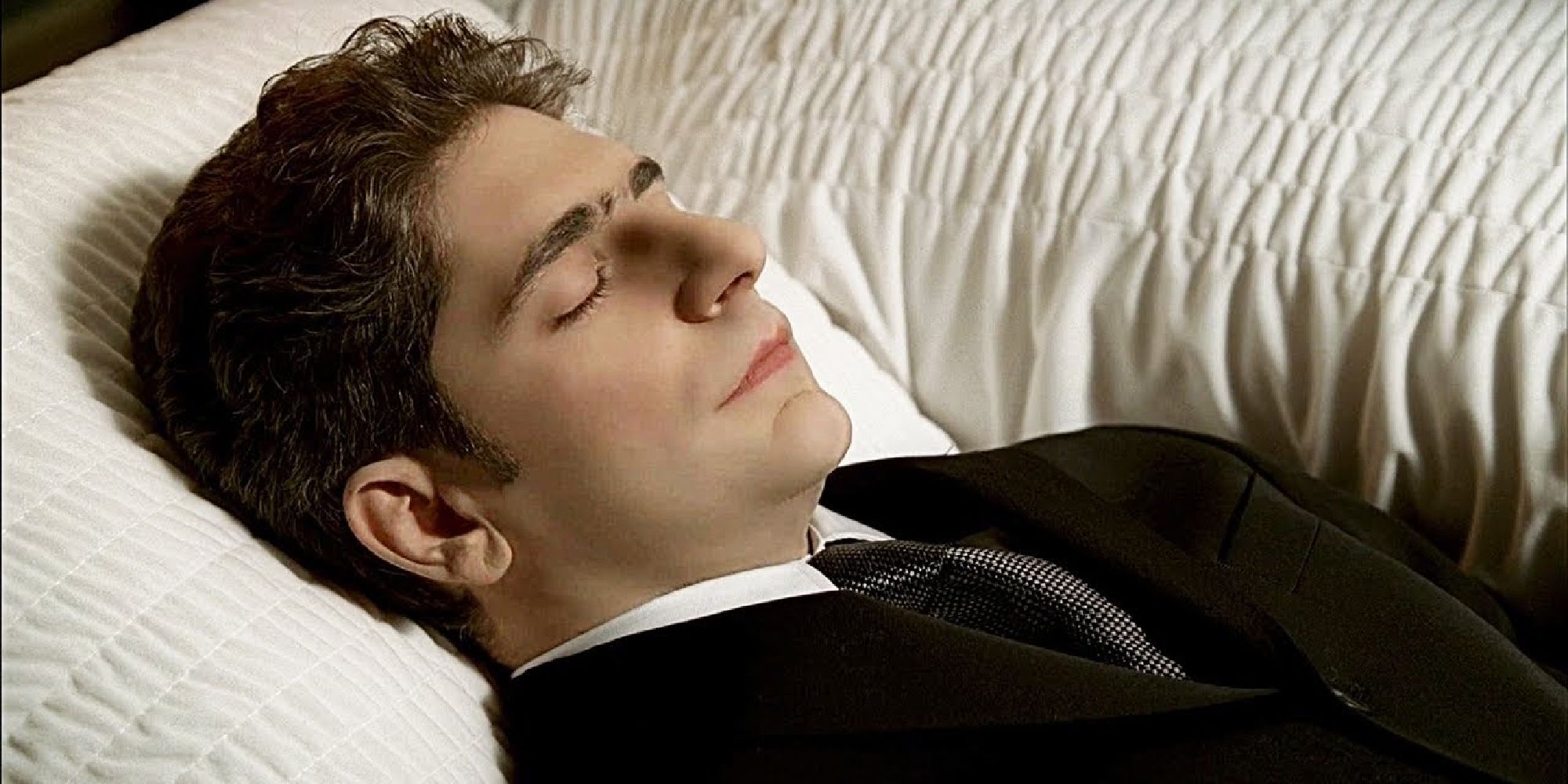
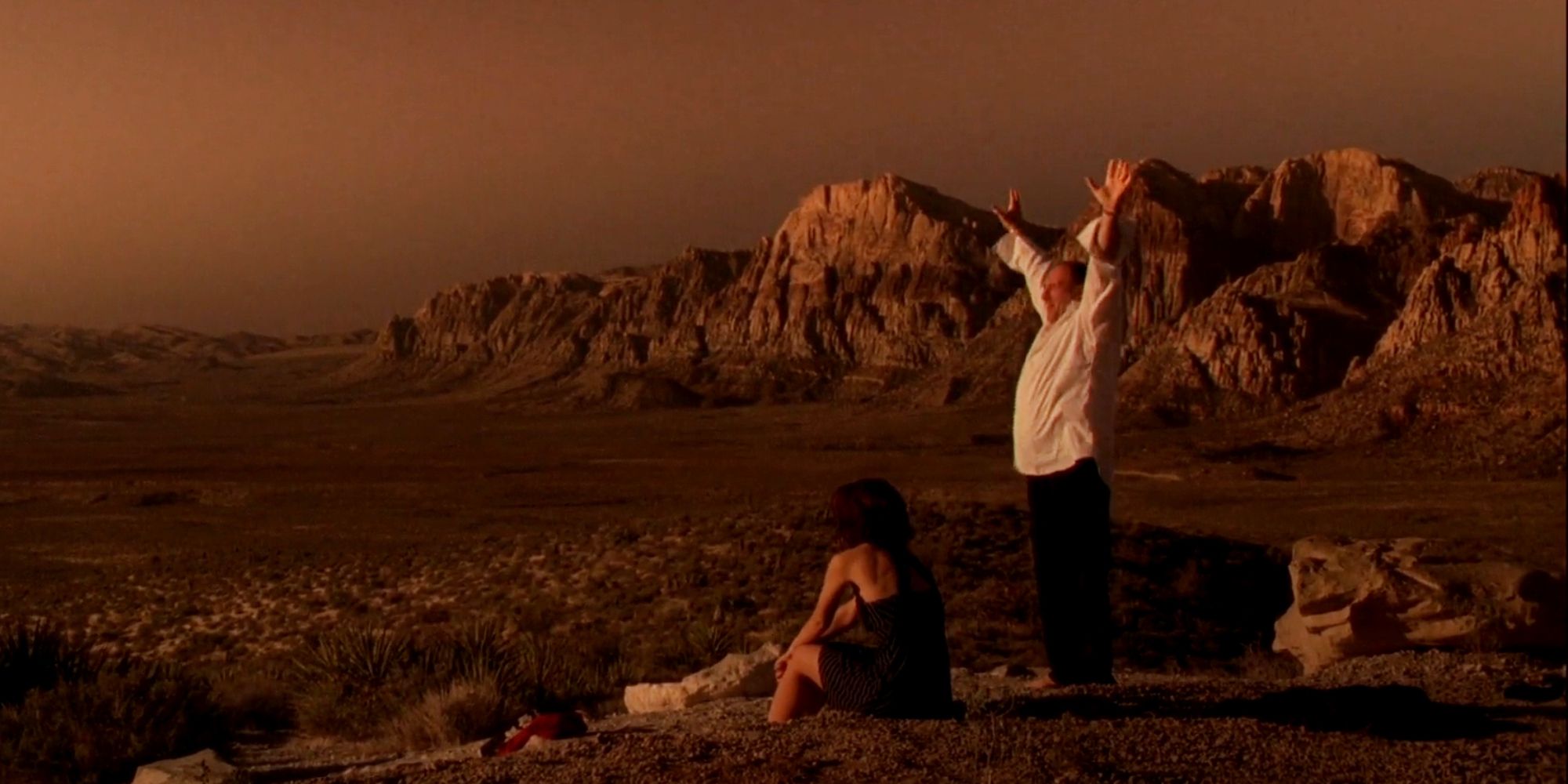
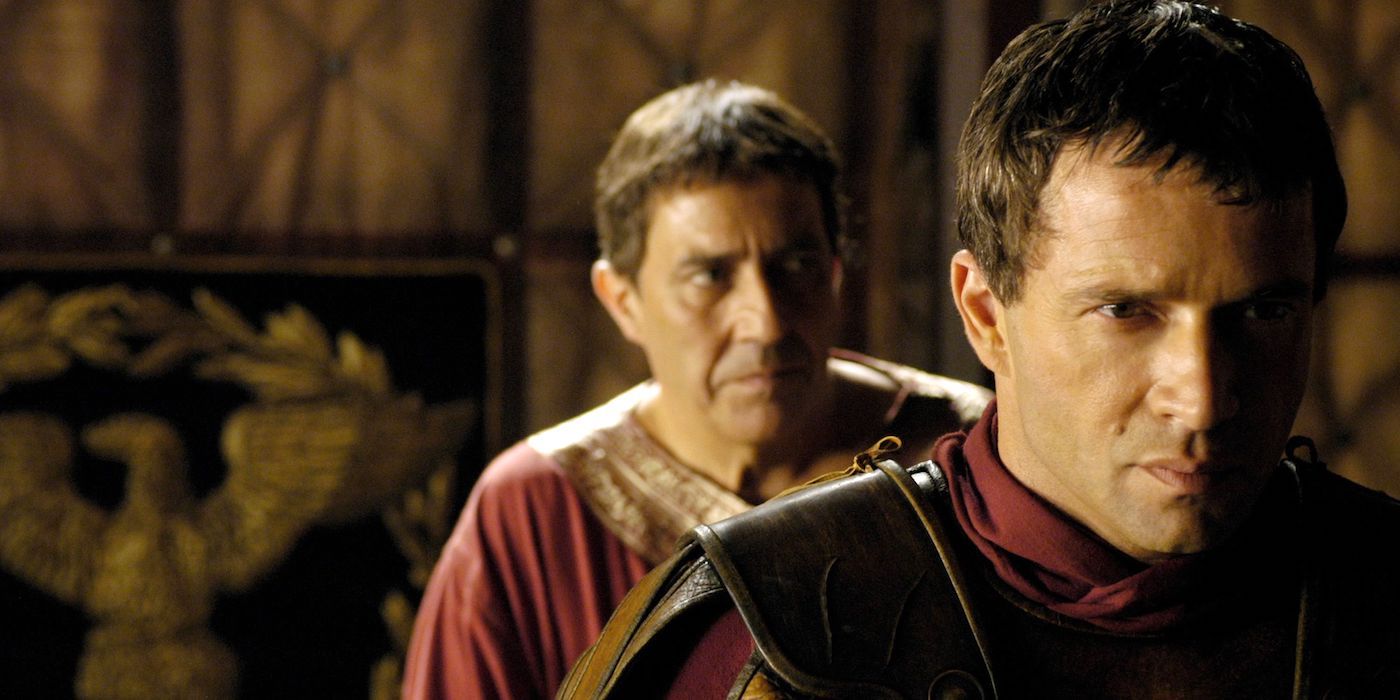

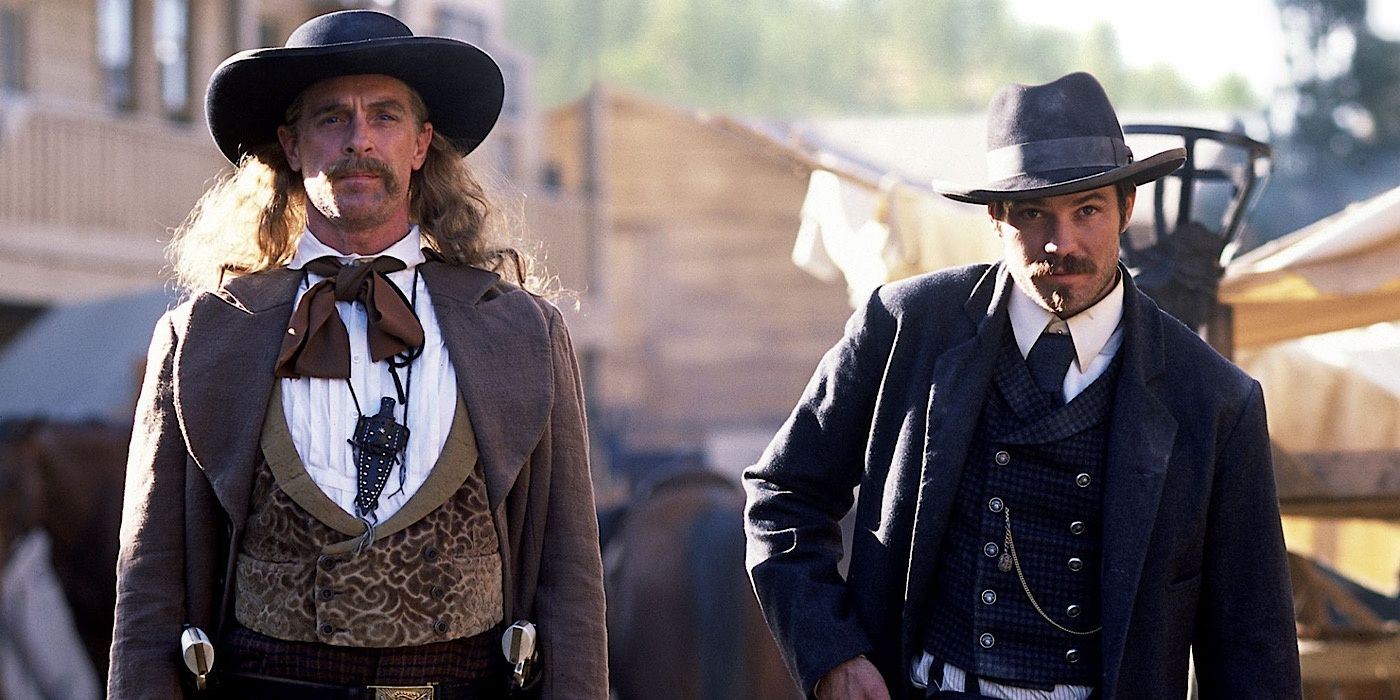





In addition to Alan Taylor’s work wreaking murderous havoc in Westeros, he has also found himself responsible for depicting some of the most brutal deaths in HBO’s history. Perhaps the most widely known example of this can be found in Episode 18 of The Sopranos sixth season, titled “Kennedy and Heidi”. The episode explores the death of Christopher Moltisanti (Michael Imperioli), an associate of Tony Soprano who oftentimes finds himself making costly mistakes that put his life in danger. In what would become one of the most highly acclaimed episodes of the entire series, Christopher is suddenly strangled to death by Tony himself after recklessly causing a car crash. With The Sopranos being regarded as one of the greatest television shows of all time, this episode makes for one of Taylor’s most notorious kills.
Though the list doesn’t end there, as Taylor has been given the green light for multiple other major character deaths in some of HBO’s most popular series. In the finale of the 2005 HBO series Rome, Taylor had the opportunity to depict one of the most studied murders in all of human history. Titled “Kalends of February”, the episode tells the story of Julius Caesar (Ciaran Hinds)’s murder at the hands of the Roman senate. Taylor found himself responsible for another retelling of a famous historical murder when he directed the fourth episode of Deadwood’s first season, “Here Was a Man”. In this episode, legendary western gunslinger Wild Bill Hickok (Keith Carradine) is shot in the back of the head by his well-known rival Jack McCall (Garret Dillahunt). Despite being based on a true story, Taylor was triumphant in shocking fans as most believed Hickok to be the main character of the series.
Even Outside of HBO, Alan Taylor Is Not Afraid of Darkness
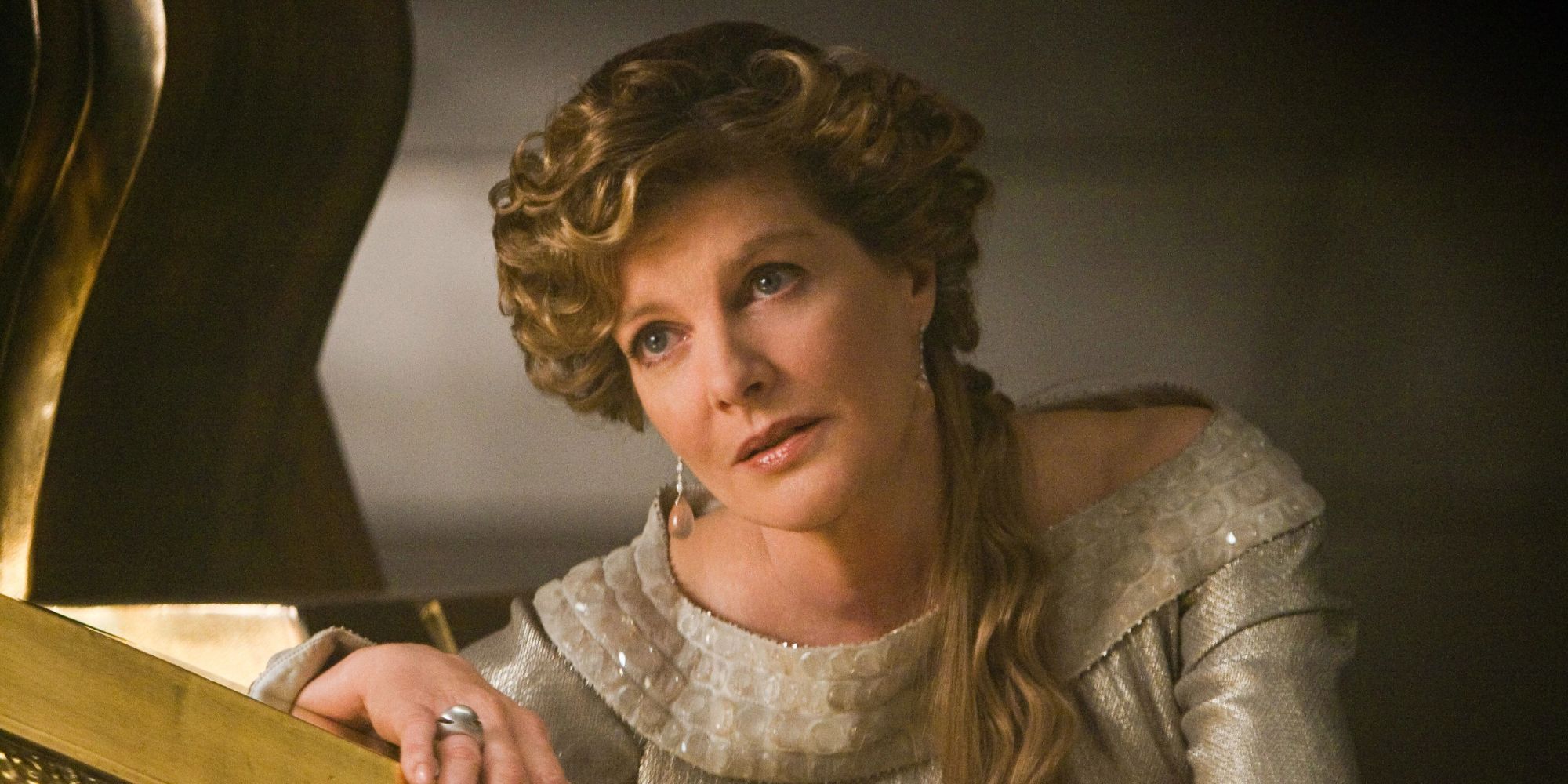
One may assume that all the time Alan Taylor has spent directing rather sorrowful and violent episodes of HBO series would push him to want to take on projects that deter from this rather harsh tone. While not all of his works feature the death of beloved characters, Taylor has shown that he is quite fond of the act of killing off characters even outside dramatic television. In Thor: The Dark World, Taylor had the responsibility of depicting the tragic death of Thor (Chris Hemsworth)’s mother, Frigga (Rene Russo) and, subsequently, her funeral scene. Frigga served as a beacon of light in a universe filled with galactic war and evil alien supervillians, making this kill yet another example of Taylor’s willingness to upset the fans of the universe he steps into. It’s also a pivotal scene for both Thor and Loki (Tom Hiddleston) and a death that impacts the greater story for these two characters.
Taylor more recently directed the first two episodes of the debut season of AMC’s Interview With A Vampire, a show that features more dark and murderous storylines than it does happy ones. Even though the main character in this series “dies” in more of the metaphorical sense after being transformed into a vampire, it is safe to say that Taylor felt right at home working in the darker tone of this universe. Both of these episodes feature murders of characters that serve merely secondary roles, but they are effective in establishing an audience’s expectation of future brutal deaths to come. Taylor’s character deaths always drive a larger meaning. It’s not just about shock for shock’s sake, that’s why they hit so hard.
Taylor Finds Glory in the Art of Murder
For a theme like beloved character deaths to emerge in a single director’s filmography, it is certain that the auteur would find some sort of gratification in the creative process and audience reaction that follows it. In an interview with the Official House of the Dragon Podcast, Taylor describes the act of killing off the audience’s favorite characters as “partly a self-serving thing”, as he is more than aware of the notoriety that surrounds these series-defining episodes. Taylor describes the moment when he first read the scene of Rhaenys and her dragon Meleys being killed by Aemond Targaryen (Ewan Mitchell) as quite moving and notes it as a driving factor in his decision to direct this episode.
House of the Dragon has become increasingly known as quite a dark and horror-based show as of late, particularly following this season’s debut episode “A Son for a Son”. It should surprise no one that Alan Taylor also served as the director of this episode, which featured one of the most brutal acts of murder featured in the entirety of the A Song of Ice and Fire universe. Although Prince Jaehaerys was perhaps too young to become a deeply beloved character by fans of the show, the episode is detailed in its depiction of fear and sorrow felt by the very popular Queen Helaena Targaryen (Phia Saban).
In spite of the upsetting and traumatic events he is often tasked with putting on screen, many of Alan Taylor’s most famous film and television works are celebrated for the ways in which they leave lasting impacts on audiences who are unlucky enough to experience them. Although fans may feel scared when seeing Taylor’s name involved in the production of their favorite television shows or movies, it is clear that no one is better suited to handling the complex art of taking a character’s life.
House of the Dragon is currently streaming on Max in the U.S. New episodes air every Sunday.


